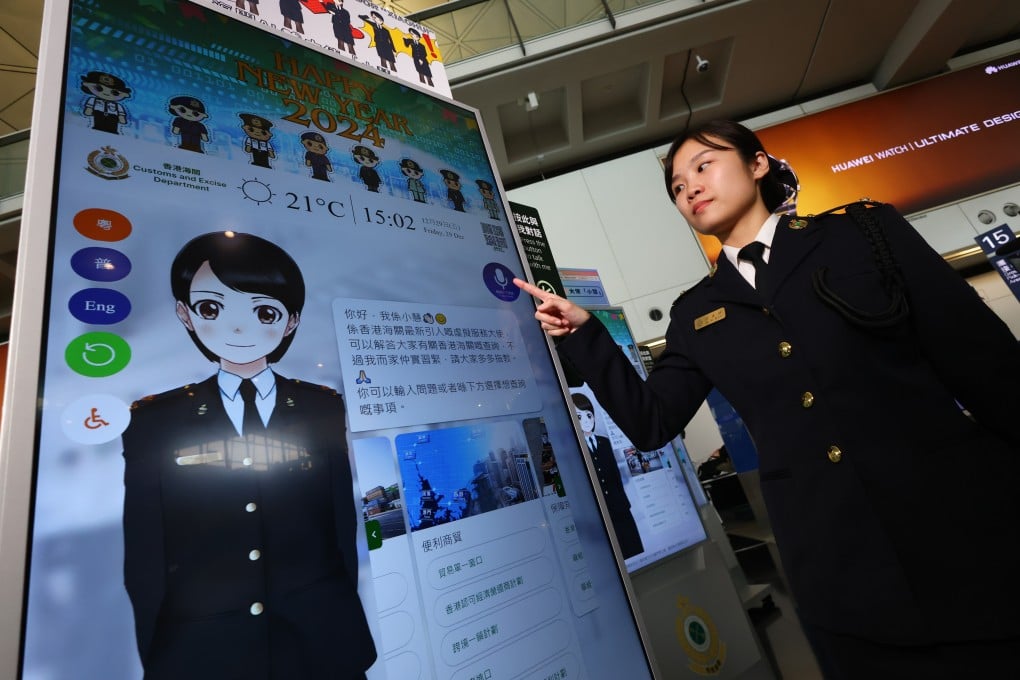Opinion | This year, prepare for the magic wand of generative AI to transform our world
- Generative AI is becoming active, multimodal and being embedded in PCs and smartphones, penetrating our daily lives in profound ways
- Governments must pay attention to ethical, privacy and copyright issues to ensure the positive development of the technology

IT experts believe that generative AI will play a transformative role this year, akin to a magic wand that changes the world. In light of these developments, what major trends in generative AI can we expect this year?
This suggests that human-machine communication will one day effortlessly incorporate mixed media, as ChatGPT is starting to do. Users can input non-textual cues, such as images, making the conversation more convenient and natural.
Furthermore, multi-modal generative AI is poised to enhance the creative capabilities of artists and improve the efficiency of professionals in fields such as writing, journalism and music. When appropriately used, multi-modal generative AI can spark artistic inspiration, generate work drafts or even fully automate content creation.